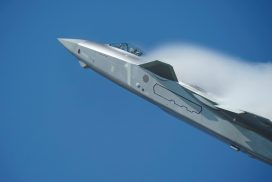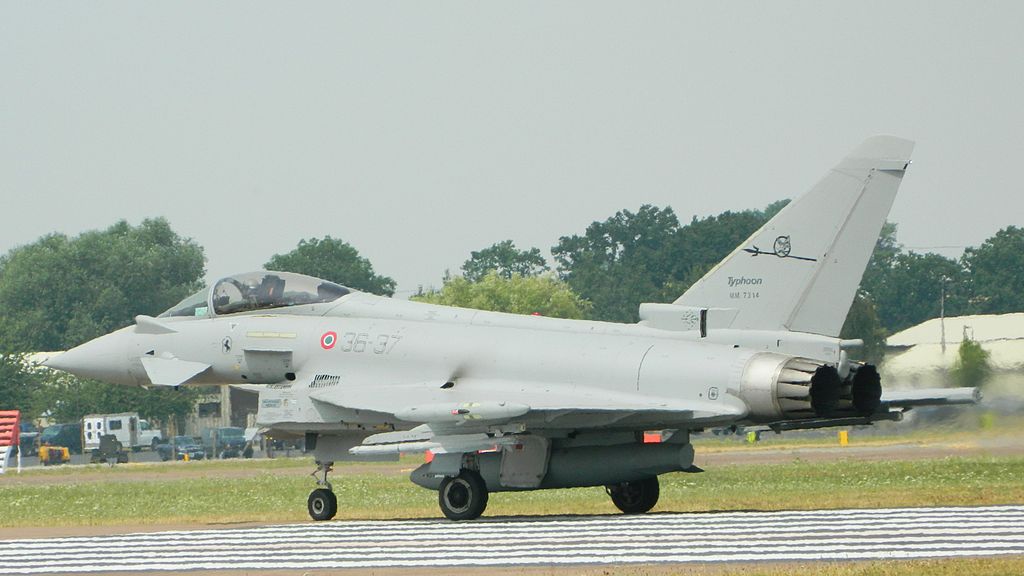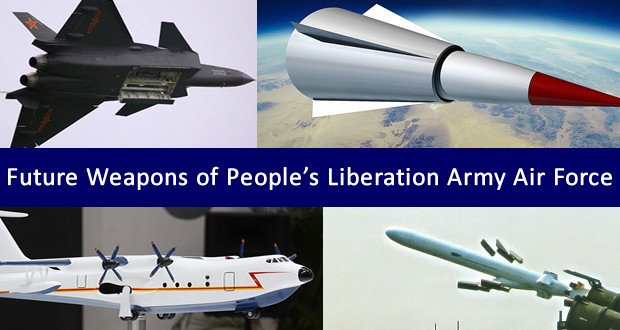a href=”http://bp3.blogger.com/_RRbP6fpJWAc/Rkl7LpY6MRI/AAAAAAAAAPU/U8kWh0BDqNU/s1600-h/AIR_UAV_X-47B_Concept_On_Carrier_Near_F-18s.jpg”img id=”BLOGGER_PHOTO_ID_5064714695973941522″ style=”FLOAT: left; MARGIN: 0px 10px 10px 0px; CURSOR: hand” alt=”” src=”http://bp3.blogger.com/_RRbP6fpJWAc/Rkl7LpY6MRI/AAAAAAAAAPU/U8kWh0BDqNU/s320/AIR_UAV_X-47B_Concept_On_Carrier_Near_F-18s.jpg” border=”0″ //astrongFrom the non-partisan Washington Center for Strategic Budgetary Assessments (CSBA) May 10/07 publication: “The Unmanned Combat Air System Carrier Demonstration Program: A New Dawn For Naval Aviation?”/strongbr /div /divdiv /divdiv /divdivQuote:/divdivem”…the combat reach of the 2020 carrier air wing will not have improved much beyond that of the mid-1980s air wing, which had trouble dealing with 1970s Soviet land-based anti-access/area-denial technologies. Perhaps more significantly, the CVW’s ability to establish persistent orbits at range will not have improved much beyond that of the 1950s… Said another way, will an operational strike system with limited tactical reach and persistence – one optimized for pulsed strikes against land targets at ranges out to about 450-475 nm – be able to tackle future operational challenges and threats that are likely to appear over the long term? The answer is: probably not…. As this short discussion suggests, then, there is a growing strategic imperative to increase the range, persistence, and stealth of the Navy’s carrier air wing. Indeed, failing to increase the CVW’s reach, endurance, and survivability risks the long-term operational and tactical relevance of the US carrier fleet.”/em/divdivem/em /divdivAlong the way, their paper deals with a number of issues. The historic lack of interest in UAVs within the US Navy, which manifested as early as Vietnam. The choice of shrinking strike range for current US carrier groups, but greater strike density within that limited range. The emergence of land-based “surveillance-strike complexes” in other nations, designed to keep US carriers well outside of that range. International carrier plans. Not to mention a future in which the USA will have 11 operational carriers – but just 10 US Navy/ USMC carrier aircraft wings. This is followed by a look at the history of the J-UCAS unmanned combat air vehicle program to date, and recommendations for the future in light of emerging trends./div
Menu
Copyright © 2007- 2025 • Defence Aviation • All Rights Reserved. Reproduction without explicit permission is prohibited.



